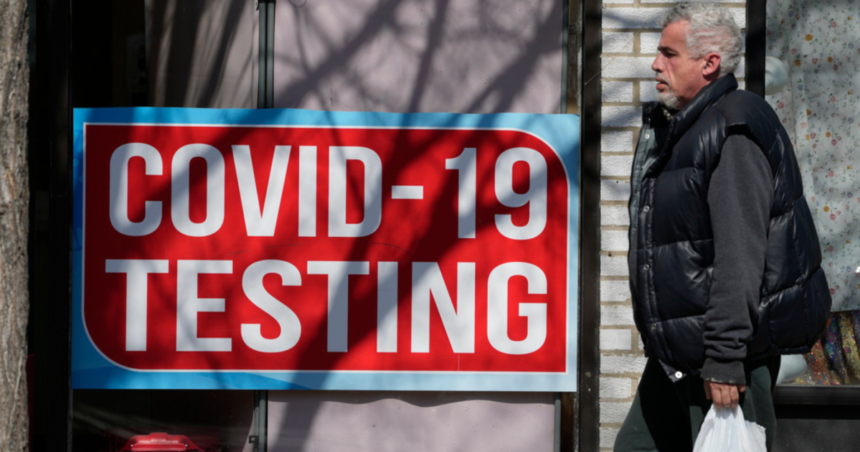For weeks, COVID-19 cases have been rising in almost every state. The Centers for Disease Control and Prevention (CDC) says FLiRT variants make up over half of new COVID-19 cases in the U.S., with emergency room visits and deaths ticking up. Testing shows COVID levels are exceptionally high in the West.
“The superpower it’s really taking advantage of is increased transmissibility, but not necessarily worsened symptoms,” Dr. Peter Chin-Hong, a professor and infectious disease specialist at the University of San Francisco, told Scripps News.
He says warm weather can fuel the spread as summer travel booms and people head indoors to escape the heat.
“Add six months to the last time you had a big increase in cases, which is the winter. And that’s about the time when antibodies start going down,” he said.
Mark J. Terrill/AP
An updated COVID-19 vaccine is expected this fall. The CDC recommends the shot for anyone 6 months or older.
Dr. Chin-Hong recommends anyone who is over 65 or immunocompromised to keep up to date with their boosters this summer.
“You’ll still be in time to get the new one in the fall, which you know we generally recommend around Halloween. So, it will give you protection during the time when we expect the cases to be the highest, which is in the winter,” he said.
Federal health officials are also trying to get ahead of the bird flu virus, announcing Tuesday a $176 million contract with Moderna to develop a pre-pandemic influenza vaccine.
The shot would use the same mRNA biotech as COVID shots, and could be used to protect against flu strains with pandemic potential, like the H5N1 bird flu.
“You’re dealing with something that people have already studied,” said Dr. Chin-Hong. “It could be done in as little as two months, let’s say, or less.”
The H5N1 strain has been spreading in U.S. dairy cow herds since March, infecting a few dairy workers. The CDC says public risk is still low.





